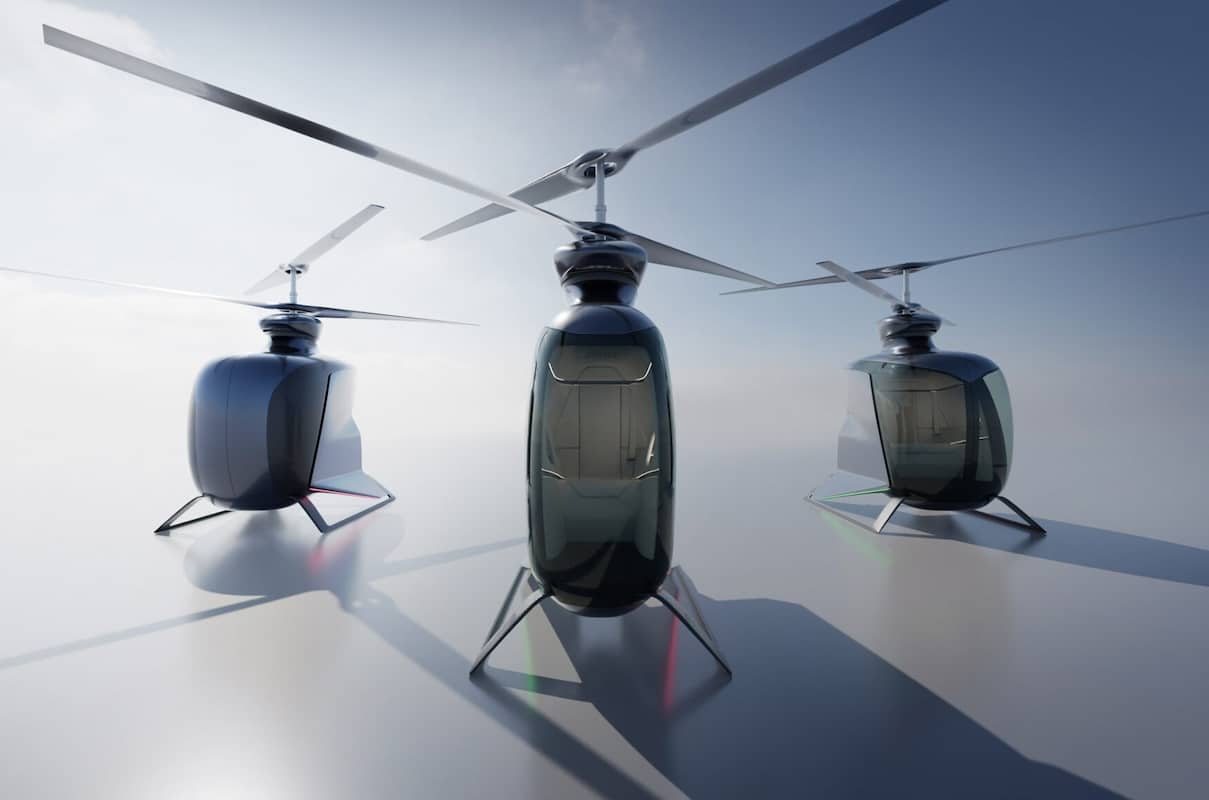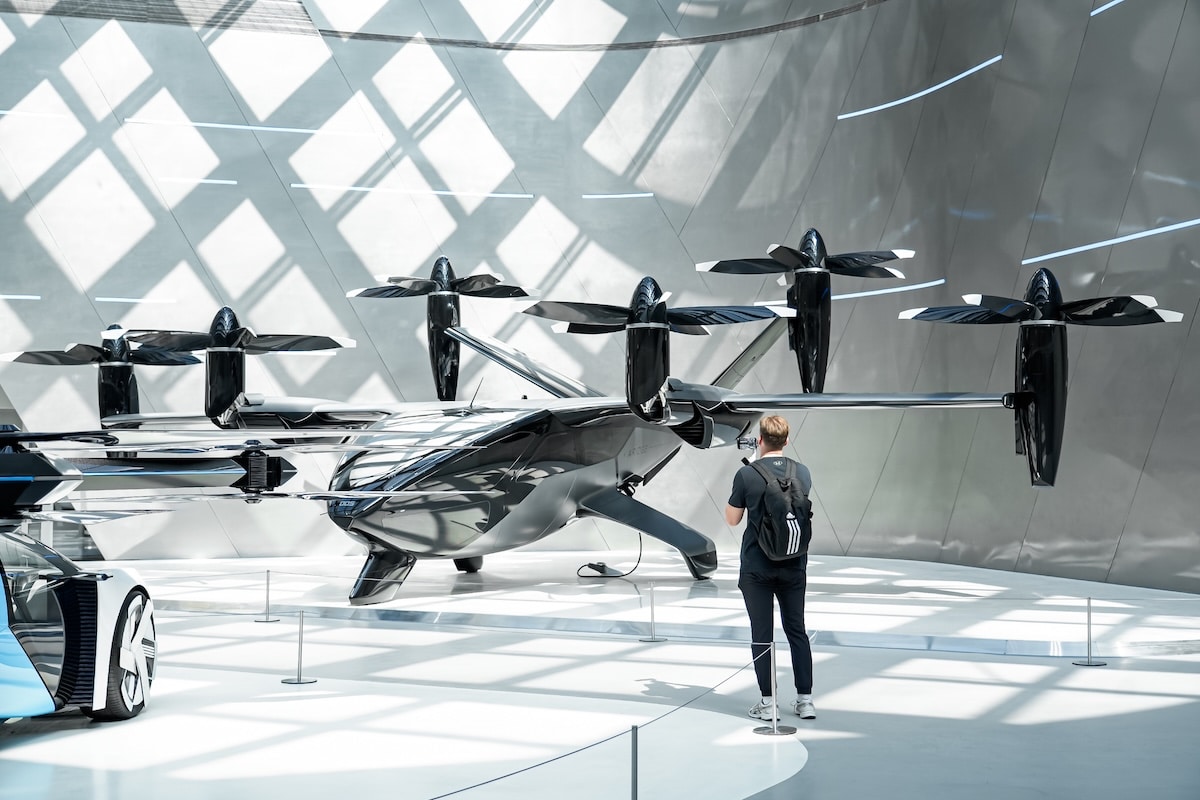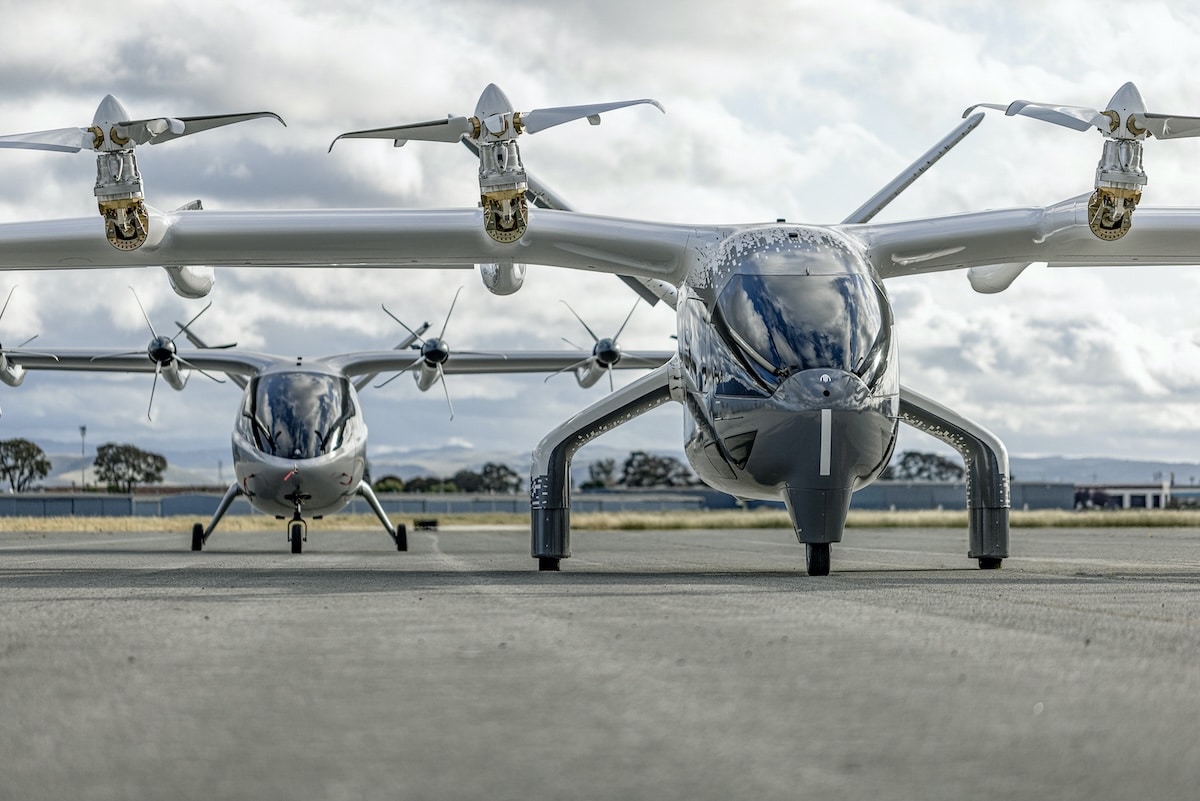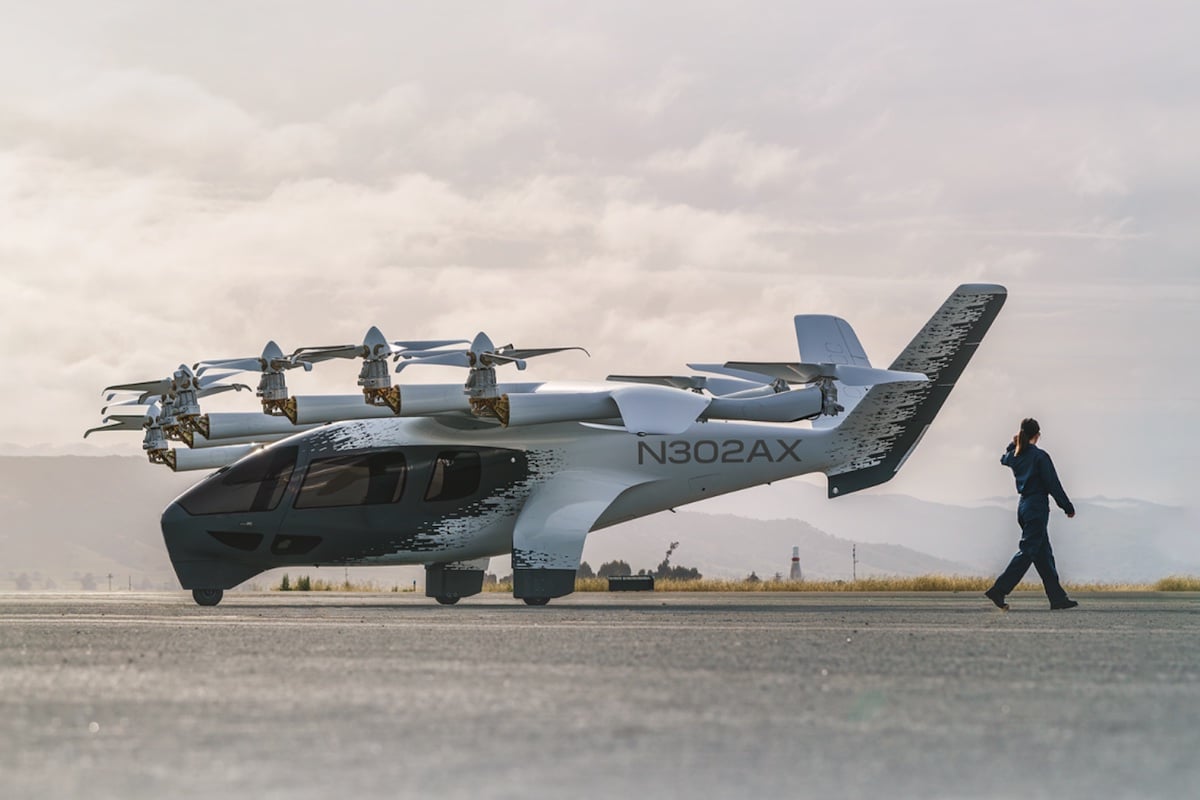FlyNow Aviation: the eVTOL aiming to reinvent urban transportation

FlyNow Aviation unveils an electric helicopter capable of carrying one or two passengers, ideal for the city of the future.
In a context where urban overpopulation and traffic jams cost billions each year, FlyNow Aviation offers an alternative. The Austrian startup proposes a concept that is not entirely new since it is an eVTOL, a vertical takeoff and landing flying vehicle. Parisians might have spotted a few in their sky during the Olympic Games, but that was not the case. Moving on, this craft closely resembles a helicopter or even an ornithopter, a vehicle seen in the Dune movies. Designed for transporting people and goods, this device promises to alleviate city congestion by exploiting the airspace.
The FlyNow electric helicopter has a range of 50 km and a top speed of 130 km/h. It is thus perfectly suited for short trips, similar to those currently made in traditional taxis. Its flight duration, approximately 30 minutes between charges, meets the needs for quick urban mobility.
Beyond its performance, this vehicle stands out for its quiet operation, generating only 55 decibels, and its complete absence of polluting emissions. FlyNow also emphasizes safety by opting for automatic flights on predefined routes.
An innovative and affordable transportation
FlyNow offers three models: the Single version for one passenger, the Twin for two, and a Cargo model dedicated to transporting goods. Currently, the startup is testing scaled-down prototypes to validate its software and technical performances.
Contrary to the luxurious image associated with flying vehicles, FlyNow aims to make this mode of transportation accessible to the widest possible public. Through innovative manufacturing methods, production costs have been lowered, allowing for fare estimates similar to those of traditional taxis.
With its eVTOLs, FlyNow Aviation aims to reduce traffic congestion and greenhouse gas emissions. It also seeks to provide an individual and secure alternative to public transportation. If the project meets its goals, it could sustainably transform urban mobility. However, we will need to wait a bit longer since mass production of these devices is not expected before 2026.
Read also: Here’s why eVTOLs will be much safer than helicopters
This page is translated from the original post "FlyNow Aviation : l’eVTOL qui veut réinventer le transport urbain" in French.
We also suggestthese articles:
Also read







